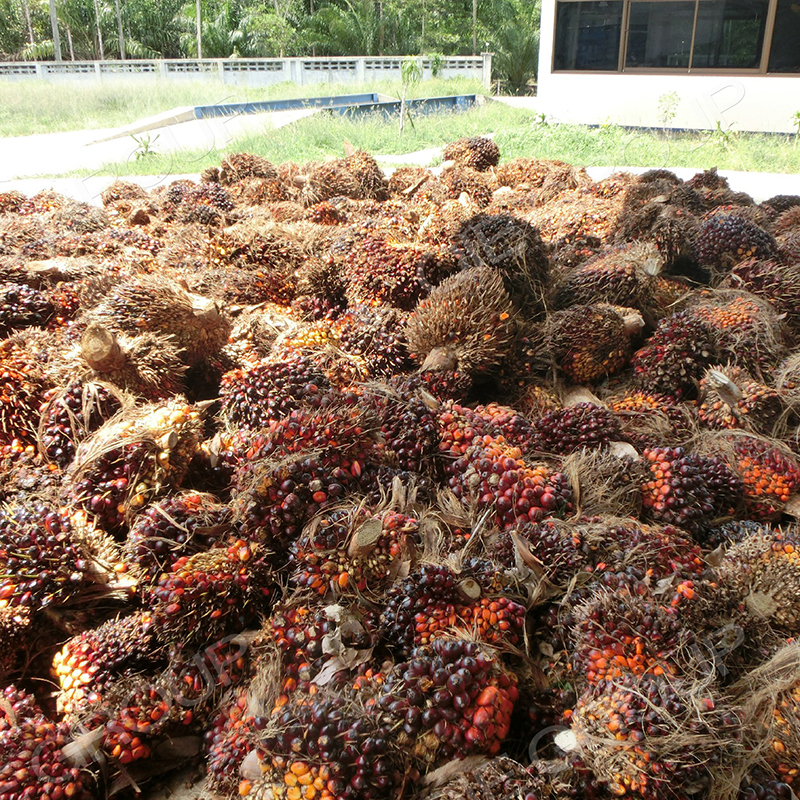
Selecting the right soybean oil extraction equipment is critical for small-scale producers aiming for high-quality, cold-pressed oil. This guide details the operation and upkeep of hydraulic oil presses, alongside a comparative analysis with spiral oil presses. It offers key practical insights supported by real data and industry trends to help processing enterprises make scientifically informed decisions.
Both hydraulic and spiral press technologies have distinct characteristics that cater to different production needs. Below is a detailed comparison highlighting their operational principles, throughput, oil quality, maintenance, and cost-effectiveness.
| Feature | Hydraulic Oil Press | Spiral Oil Press |
|---|---|---|
| Operating Principle | Uses high pressure via hydraulic cylinder to slowly press oil | Continuous mechanical screw compresses seeds for oil extraction |
| Daily Output Capacity | 100-300 kg per batch (batch process) | 200-500 kg/day (continuous process) |
| Oil Quality | Superior purity with low temperature extraction, retaining flavor & nutrients | Higher yield but slightly higher temperature affects flavor & quality |
| Maintenance Complexity | Simple mechanical parts; requires regular hydraulic fluid checks; fewer wear parts | More moving parts; frequent checks on screw and bearings; higher wear from grinding |
| Initial & Operating Costs | Moderate initial investment; lower energy consumption due to batch operation | Moderate to high investment; continuous operation leads to higher energy use |
While hydraulic presses may seem complex, understanding their operation is straightforward:
Maintenance Essentials: Regularly inspect hydraulic fluid levels, seals, and pressure gauges. Replace worn seals every 6 months to ensure system integrity. Clean the machine after each use to avoid blockage and oil degradation.
Modern small-scale processors increasingly adopt integrated filtration systems post-extraction. These systems:
Industry benchmarks show that combined hydraulic pressing with continuous filtration can enhance cold-pressed oil purity indexes from an average 92% to above 97%, directly impacting market value.

A family-run soybean oil producer in the Midwest integrated a hydraulic press paired with a disposable cartridge filter. Over six months:
This data highlights the operational benefits and product quality improvements achievable through smart equipment selection and maintenance.
Selecting the ideal equipment depends on balancing several key factors:
| Production Capacity | Are you producing less than 300 kg/day? Hydraulic presses suit batch operations; more than that, spiral presses may be better. |
| Oil Quality Focus | Cold pressed, nutrient-retaining oils favor hydraulic presses for their low heat extraction. |
| Maintenance Capacity | Hydraulic machines require simple but periodic hydraulic system checks; spiral presses need more frequent mechanical servicing. |
| Budget & Energy Consumption | For lower energy usage and moderate setup cost, hydraulic presses outperform in small-scale contexts. |
A helpful self-assessment checklist can guide decision-making. For instance:

Choosing correctly ensures a sustainable, high-quality oil business tailored to your unique operational profile.
Evaluating hydraulic versus spiral presses through performance, maintenance, and operational lenses equips small soybean oil producers with a roadmap to optimal equipment choice. Leveraging modern filtration technology maximizes oil purity, catering directly to health-conscious consumers and niche markets. Each pressing solution fits discrete production profiles—understanding these helps minimize downtime, maximize yields, and enhance product value.


